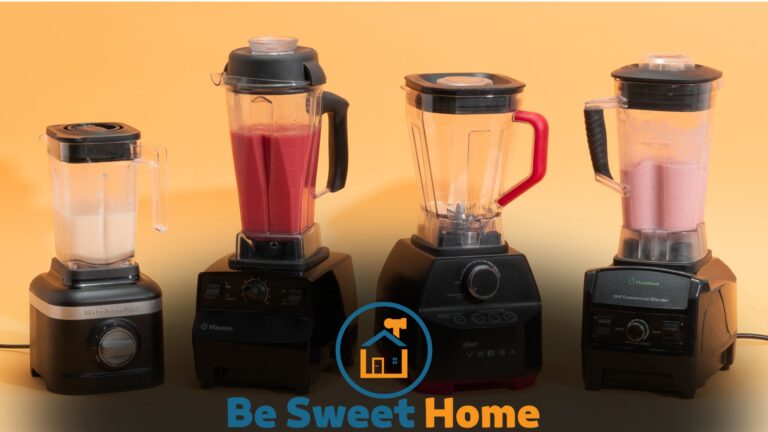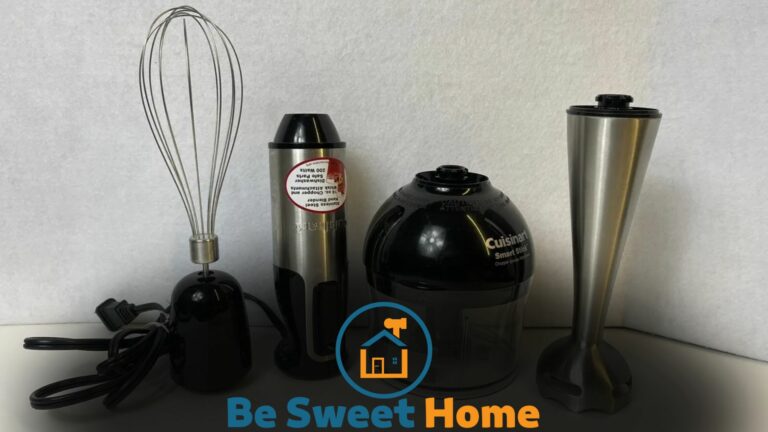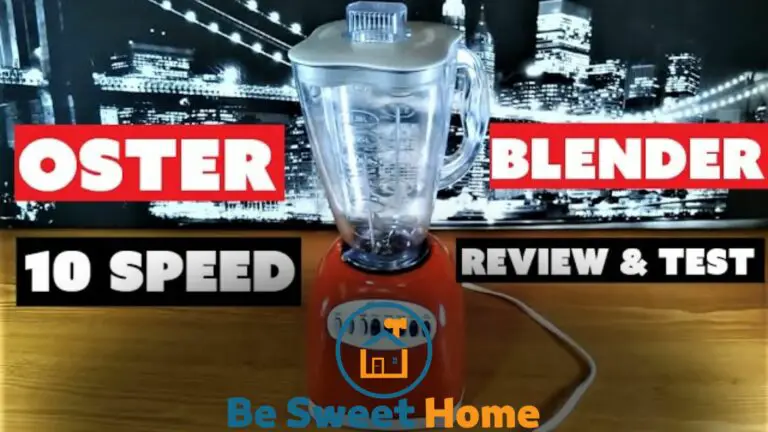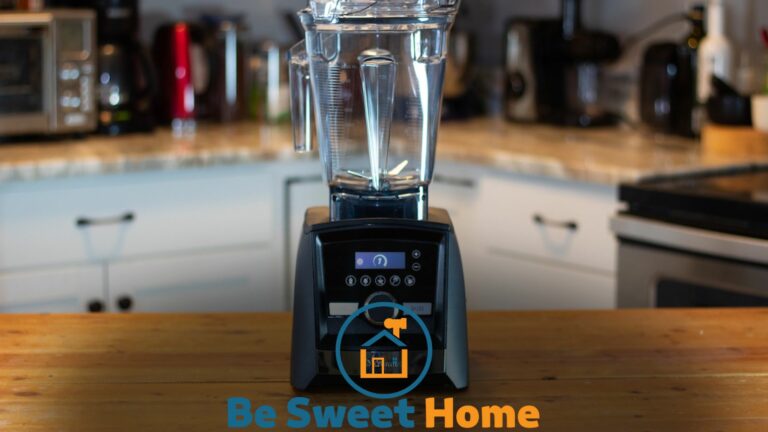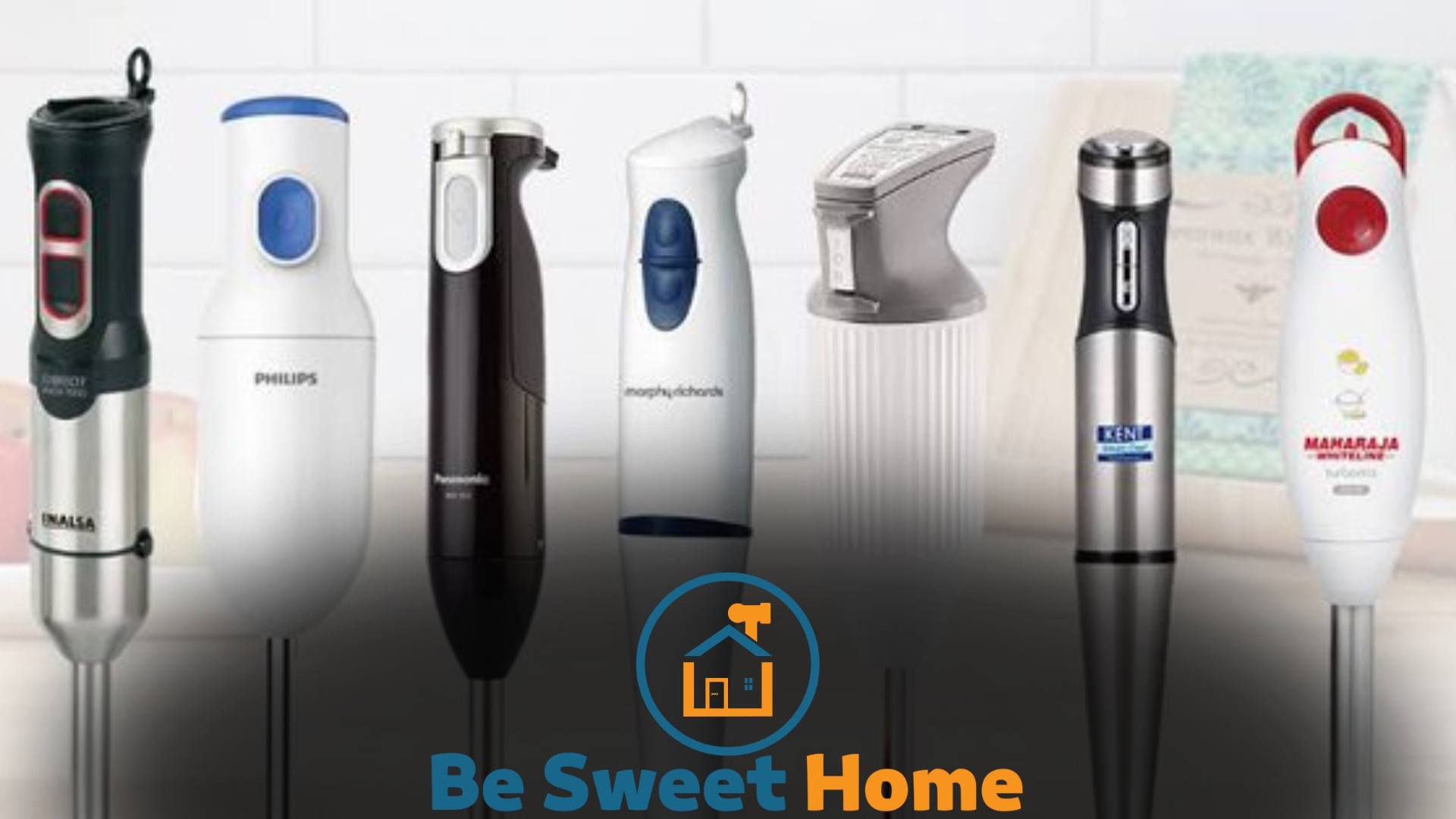

Your blender motor might be broken if it fails to start or emits a burning smell. Unusual noises during operation can also indicate a problem.
Discovering a malfunctioning blender motor can be frustrating, especially when preparing your favorite smoothie or sauce. A blender is a fundamental kitchen appliance; its motor is the powerhouse that quickly drives the blades to blend, chop, and puree ingredients.
Yet, like any appliance, blenders can encounter performance issues over time. Determining whether the motor is at fault requires keen observation and a basic understanding of common symptoms.
Signs such as the machine not turning on, a distinct electrical burning odor, loud grinding sounds, or the blades not spinning even though the motor is running all point towards potential motor failure.
To ensure long-term functionality and safety in the kitchen, recognizing these warning signs early can save time and prevent costly replacements or repairs.
Symptoms of a Failing Blender Motor
Identifying the health of your blender motor can be straightforward when you know what symptoms to look for. These signs indicate that a blender motor could be on the brink of failure.
Unusual Noises During Operation
Typically, blenders make a consistent sound while running. Loud grinding or screeching noises may signal trouble. Here are critical auditory clues that should raise concern:
- Grinding sounds – They suggest the motor’s bearings might be worn out.
- Loud screeching – This can indicate motor strain or internal misalignment.
- Clicking or rattling – Loose parts or failing motor mounts could be the culprit.
Burning Smell and Smoke
A healthily running motor should never emit a burning odor or smoke. Here’s what these signs mean:
| Symptom | Possible Cause |
|---|---|
| Burning smell | Overheating due to motor strain or electrical issues |
| Smoke | Sign of motor damage or electrical short circuiting |
Initial Troubleshooting Steps
When your blender stops working, it’s crucial to pinpoint the problem. You might suspect a broken motor, but follow these initial troubleshooting steps before you rush off to buy a new appliance. Step-by-step, you can save time and money by doing simple checks at home.
Checking Power Source and Connections
First, let’s ensure your blender gets power. Here’s a checklist:
- Inspect the outlet: Plug in another appliance to test it.
- Examine the cord: Look for any damage or fraying.
- Check for a tripped breaker: Reset if needed.
- Ensure the plug fits securely: Loose connections won’t power up.
If these steps reveal no issues, the problem might lie within the blender itself.
Examining the Blender Blades
The blade assembly is critical to a blender’s function. Perform these checks:
- Unplug the blender: Safety comes first.
- Rotate the blades by hand: They should move freely. If not, the motor might be okay, but you could have a blockage or worn-out blades.
- Look for obstructions: Remove any food particles or foreign objects that could hinder blade rotation.
- Inspect blade assembly: Confirm it’s tightly fastened to the jar.
The motor could be the issue if your blades are transparent and move smoothly, yet the blender still acts up.
Diagnostic Tests for Blender Motor Health
The heart of your blender, the motor, sometimes shows distress. Identifying these warning signals early can save your blender from potential demise. There are a few simple, telltale diagnostic tests to determine the health of your blender’s motor. Follow these structured steps to ascertain whether your blend partner needs professional care or a fix.
Performing a Stress Test
Begin with a stress test to assess your motor’s performance under load. It’s easy and quick.
- Empty your blender – Remove any contents from the jar.
- Plug it in – Ensure your blender is securely plugged into the power outlet.
- Turn it on – Set your blender to the highest setting.
- Listen closely – A healthy motor sounds steady and smooth.
- Check for smoke or smell – Any burning odor or smoke is a red flag.
If your blender struggles, makes odd noises or emits a burnt smell, it’s time for a deeper dive.
Multimeter Usage for Motor Testing
A multimeter helps check the motor’s electrical health. You’ll test for continuity and resistance here.
- Disconnect power – Safety first! Unplug your blender.
- Access motor terminals – Find the motor leads, usually beneath the housing.
- Set multimeter – Turn it to the ohmmeter setting.
- Continuity test – Touch probes to the motor’s terminals.
The multimeter should show continuity. A high resistance reading indicates motor issues.
Common Causes of Blender Motor Failure
Your trusty blender suddenly sputters to a halt. Is it a minor glitch, or is the motor gone for good? Motor failure in blenders often stems from a few preventable issues. Recognizing these can save your blender from terminal damage. This section explores causes that might lead to blender motor failure and how to spot them.
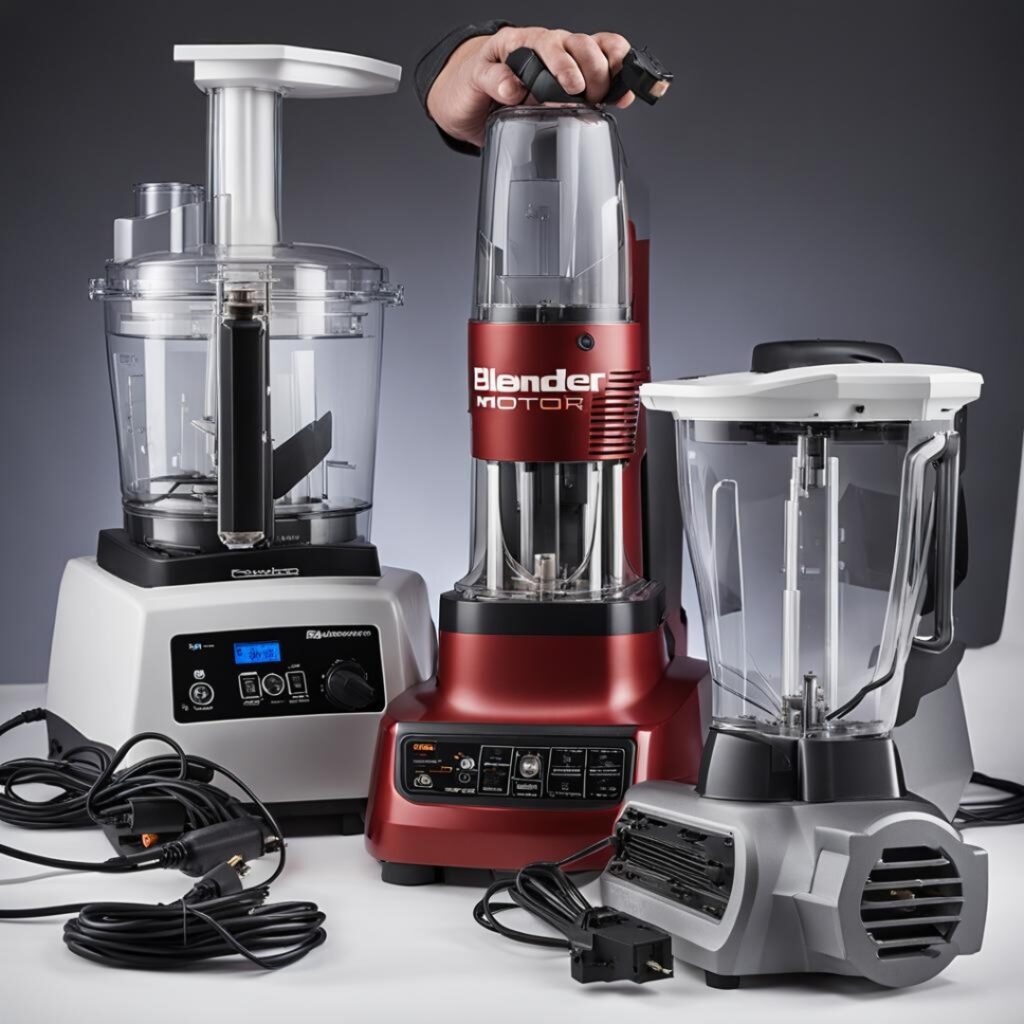
Overloading the Blender
Too much content can overwork your blender’s motor. Imagine carrying a load you can’t handle; your blender feels the same. Look for signs like:
- Strange noises: Grinding or groaning while blending.
- Smoke: The tell-tale sign of a motor struggling too hard.
Preventing overloading is critical. Blend in batches, and your motor stays healthy.
Electrical Problems and Wear
Electrical malfunctions are notorious for causing motor issues. Wear and tear over time can also lead to faults. Keep an eye out for these red flags:
| Sign | What it Means |
|---|---|
| Power Surges | When voltage spikes, your blender’s motor can short circuit. |
| Faulty Wiring | Poor connections inside can impede electrical flow. |
| Overheating | Continuous use without breaks can cause the motor to overheat. |
Maintain your blender by keeping its vents clean and giving it periodic rests. Check for frayed cords and broken switches. These are signs that your blender’s motor might need attention or be heading toward a breakdown.
Repair or Replace: Making the Right Decision
Is your blender not performing as it used to? Discovering your blender’s motor is broken can churn up confusion. Should you repair it or replace it?
Assessing Repair Costs
Determining repair costs is vital. Start with these steps:
- Consult the manufacturer’s warranty.
- Research local repair shop fees.
- Compare parts cost to a new blender.
Consider these factors:
| Cost Element | Consideration |
|---|---|
| Parts | Are they pricier than half the blender’s cost? |
| Labor | Will repairs extend the blender’s life by years? |
| Time | Is the turnaround time reasonable? |
Get a price estimate from a trusted technician.
If repair costs are near the price of a new model, replacement may be best.
When To Invest in a New Blender
Consider a new blender when:
- Repair costs are high.
- The blender is old.
- Technology has advanced.
A new blender offers:
- Latest features and efficiency.
- Warranty and peace of mind.
- Enhanced performance and durability.
Think long-term. A modern, efficient blender could save time and money.
Preventive Measures for Blender Longevity
To keep your blender in top working condition, it’s crucial to practice regular maintenance and correct handling.
A well-cared-for blender can serve your favorite smoothies for years without a hitch. Learn how to avoid the stress of a broken motor with these practical tips.
Routine Maintenance Tips
Clean your blender after each use to prevent residue build-up. Take these steps for effective maintenance:
- Disassemble the jar from the base and remove the blade.
- Wash each part with warm, soapy water.
- Rinse thoroughly and dry before reassembling.
- Check for worn-out gaskets or seals regularly.
- Lubricate moving parts if the manufacturer suggests so.
Proper Usage And Handling
Using your blender correctly extends its lifespan. Follow these guidelines:
- Read the manual to understand blender capabilities.
- Chop ingredients to manageable sizes before blending.
- Avoid overfilling to reduce motor strain.
- Use the right speed for the right task.
- Pulse when dealing with harsh ingredients.
- Allow the motor to rest between multiple blends.
Store your blender in a dry, clean place. Handle the jar carefully; it’s often the first part to crack or break. Keep the motor base away from water to prevent electrical hazards.
Frequently Asked Questions on How Do I Know If My Blender Motor is Broken
What Are Common Signs of Blender Motor Failure?
A smoking odor, unusual noises, or a total lack of response indicate a potentially broken blender motor.
Can a Blender Overheat and Stop Working?
Yes, blenders can overheat and temporarily stop working to prevent motor damage, typically resetting after cooling down.
How To Troubleshoot a Non-starting Blender?
Check for a secure connection, inspect the power outlet, and ensure the blender’s base and jar align.
Is a Burnt Smell From the Blender a Motor Issue?
A persistent burnt smell usually indicates an overheating motor or electrical issue within the blender.
Can Replacing Blender Fuse Fix Motor Problems?
Replacing a blown fuse can restore function if the motor hasn’t suffered irreparable damage.
Conclusion
Determining a broken blender motor can save you both time and money. Check for tell-tale signs like unusual noises, smells, and performance issues.
If the problem persists, consulting a professional or considering a replacement might be the best course of action.
Keep blending smoothly by staying alert to your appliance’s health.

